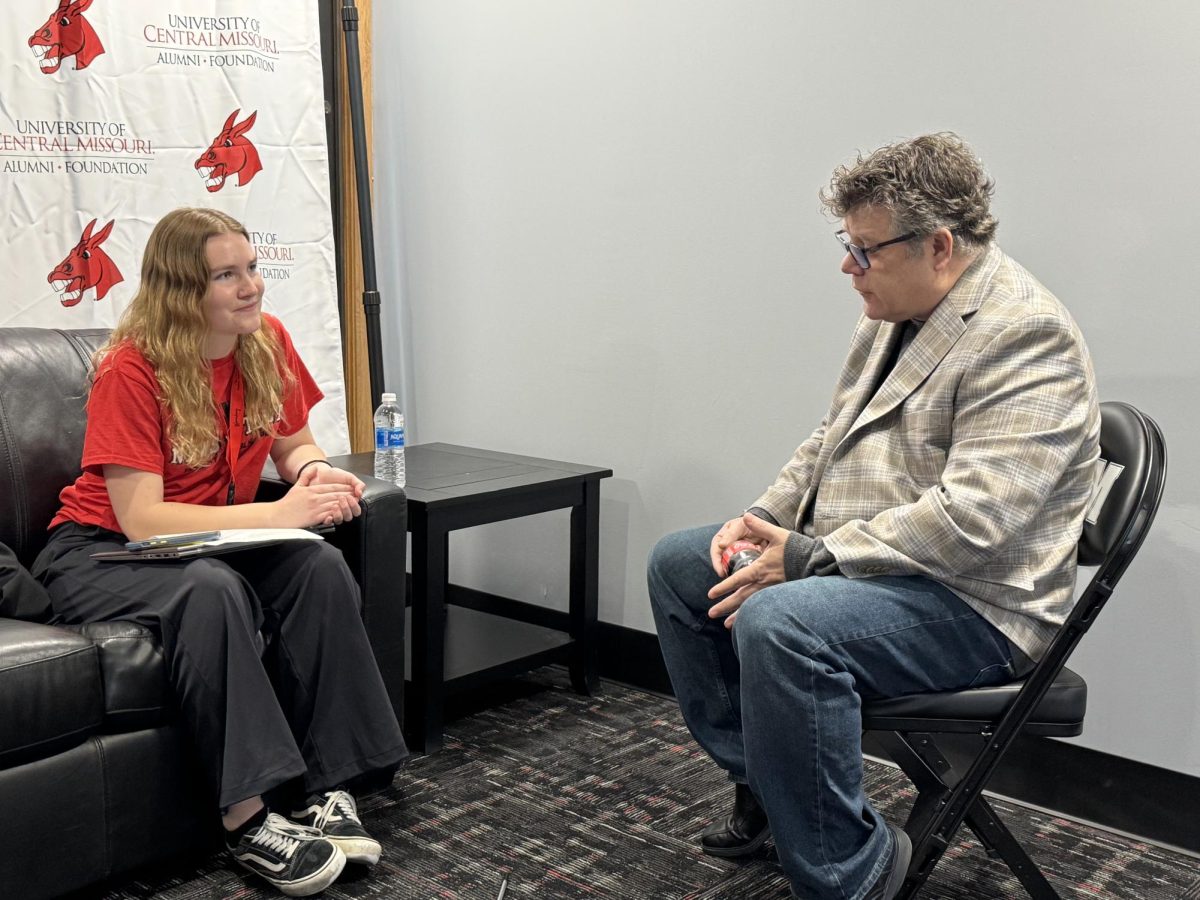By DAVID A. LIEB
(JEFFERSON CITY, Mo., AP) — Gov. Jay Nixon was expected to propose a significant funding increase for Missouri’s public schools when he outlines his budget and policy priorities Tuesday during his annual State of the State address.
The Democratic governor was likely to present an optimistic vision of Missouri’s economy, which he contends will generate more revenue than Republican legislative leaders have projected.
Nixon said he will make “a very strong case for how the best economic development tool we have in this state is education, and how at this defining moment for our state that we should not miss the opportunity to make the strategic investments that will pay dividends for our state for generations to come.”
The governor has said he wants to fully fund Missouri’s school formula before his term ends in three years. The state currently provides about $3 billion annually in basic aid for K-12 schools, but that’s still about $600 million short of what’s called for under state law.
A surge in state tax revenues could allow Nixon to propose hundreds of millions of new dollars of education spending. Much of that could be focused on elementary and secondary education, but part also could go to early childhood education and public colleges and universities.
As a prelude to his speech, Nixon already rolled out more than $80 million of proposed funding increases for higher education, including a $36.7 million performance-based increase in state aid for the operating budgets at public universities. He’s also proposed increasing scholarship funding for students who agree to work in Missouri after graduation and expanding classroom slots for students in mental health fields.
Some of those proposals could gain support from Republicans, but others could be reduced by legislative budget writers. House Speaker Tim Jones, for example, has said he supports increased funding for scholarships but doesn’t want “just to blindly increase the size and scope of government.”
Republican legislative leaders want to tap an expected budget surplus for an income tax cut, which they have made a priority for the 2014 session. Nixon vetoed a tax-cut plan last year.
Not only do the governor and lawmakers have different priorities for any surplus, they also fundamentally disagree about how much money will be available.
For the first time in a decade, there is no consensus on Missouri’s revenue projections. Republican House and Senate leaders agreed on a general revenue figure of $8.59 billion for the 2015 fiscal year that starts July 1 — a growth of 4.2 percent over the current year. But Nixon said Monday he expects Missouri to take in about $120 million more than that.
Among other things, Nixon has said he will again support expanded Medicaid eligibility for lower-income adults — something which Republicans repeatedly rejected last year and have similarly denounced this year. If Missouri were to expand Medicaid, as about half of the states have done, it could receive enhanced federal funding for the new enrollees under President Barack Obama’s health care law.
Nixon also has said he wants to restore Missouri’s campaign contribution limits, another item that has scant support among some top Republicans.
Nixon said he will make “a very strong case for how the best economic development tool we have in this state is education, and how at this defining moment for our state that we should not miss the opportunity to make the strategic investments that will pay dividends for our state for generations to come.”
The governor has said he wants to fully fund Missouri’s school formula before his term ends in three years. The state currently provides about $3 billion annually in basic aid for K-12 schools, but that’s still about $600 million short of what’s called for under state law.
A surge in state tax revenues could allow Nixon to propose hundreds of millions of new dollars of education spending. Much of that could be focused on elementary and secondary education, but part also could go to early childhood education and public colleges and universities.
As a prelude to his speech, Nixon already rolled out more than $80 million of proposed funding increases for higher education, including a $36.7 million performance-based increase in state aid for the operating budgets at public universities. He’s also proposed increasing scholarship funding for students who agree to work in Missouri after graduation and expanding classroom slots for students in mental health fields.
Some of those proposals could gain support from Republicans, but others could be reduced by legislative budget writers. House Speaker Tim Jones, for example, has said he supports increased funding for scholarships but doesn’t want “just to blindly increase the size and scope of government.”
Republican legislative leaders want to tap an expected budget surplus for an income tax cut, which they have made a priority for the 2014 session. Nixon vetoed a tax-cut plan last year.
Not only do the governor and lawmakers have different priorities for any surplus, they also fundamentally disagree about how much money will be available.
For the first time in a decade, there is no consensus on Missouri’s revenue projections. Republican House and Senate leaders agreed on a general revenue figure of $8.59 billion for the 2015 fiscal year that starts July 1 — a growth of 4.2 percent over the current year. But Nixon said Monday he expects Missouri to take in about $120 million more than that.
Among other things, Nixon has said he will again support expanded Medicaid eligibility for lower-income adults — something which Republicans repeatedly rejected last year and have similarly denounced this year. If Missouri were to expand Medicaid, as about half of the states have done, it could receive enhanced federal funding for the new enrollees under President Barack Obama’s health care law.
Nixon also has said he wants to restore Missouri’s campaign contribution limits, another item that has scant support among some top Republicans.






